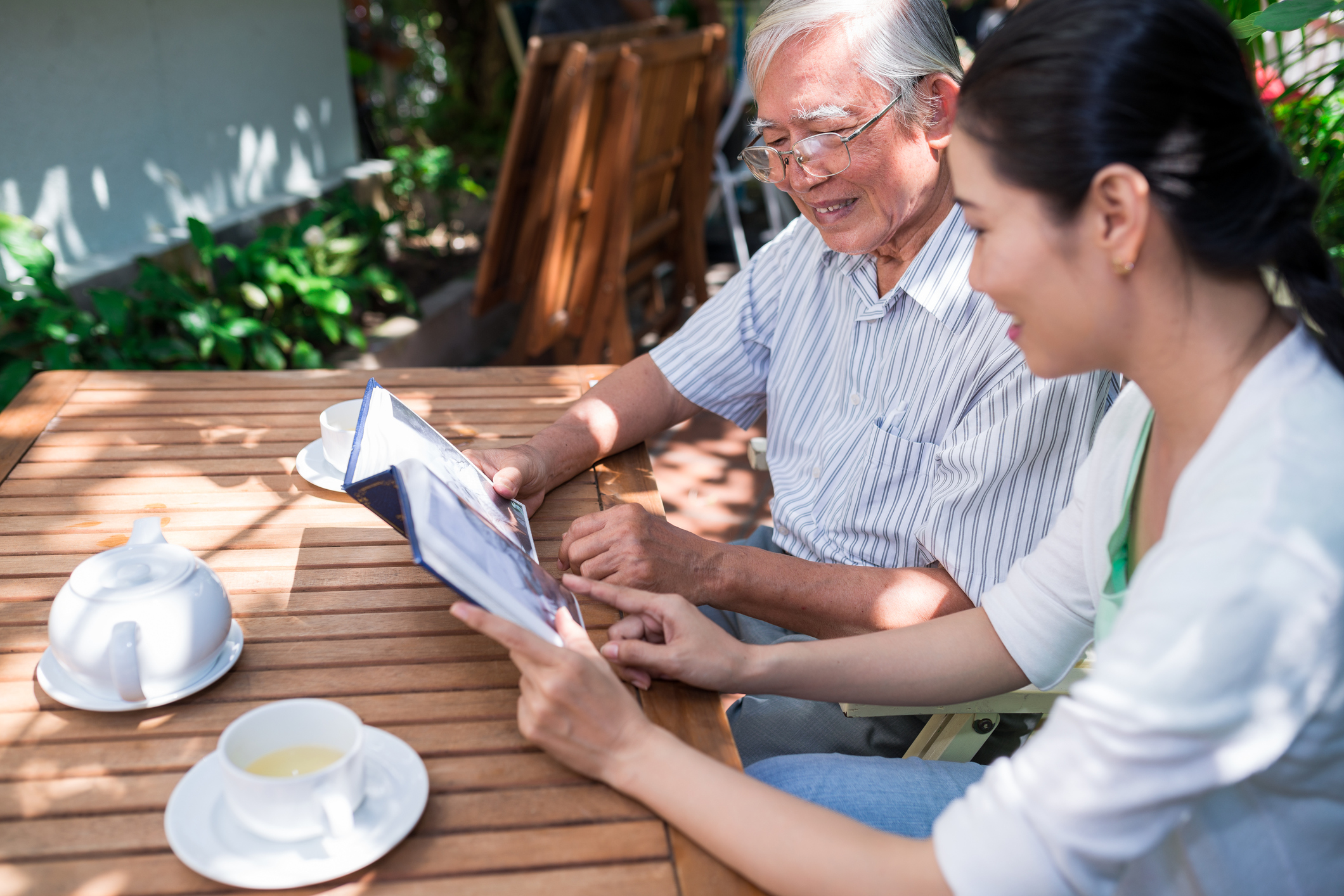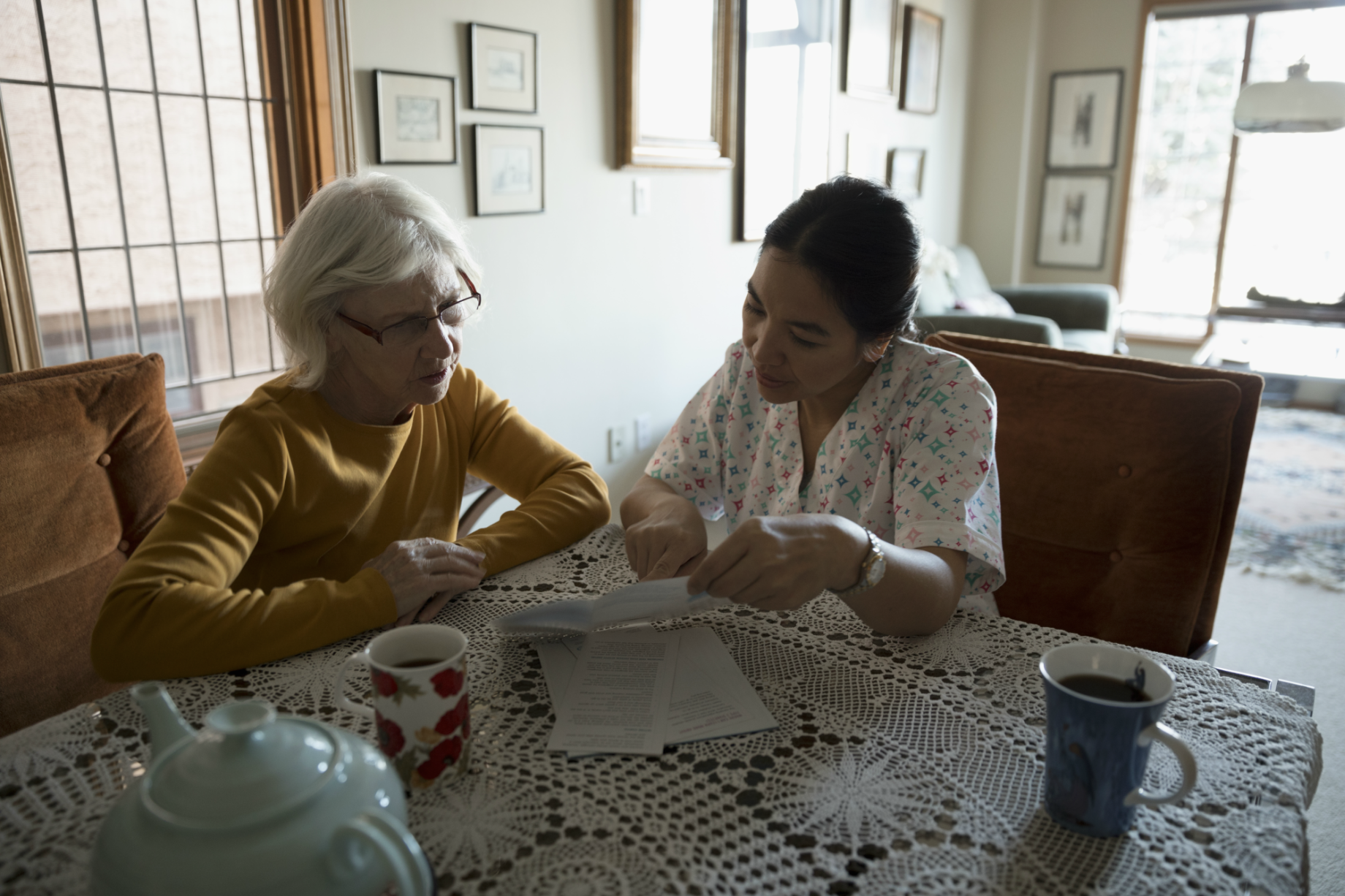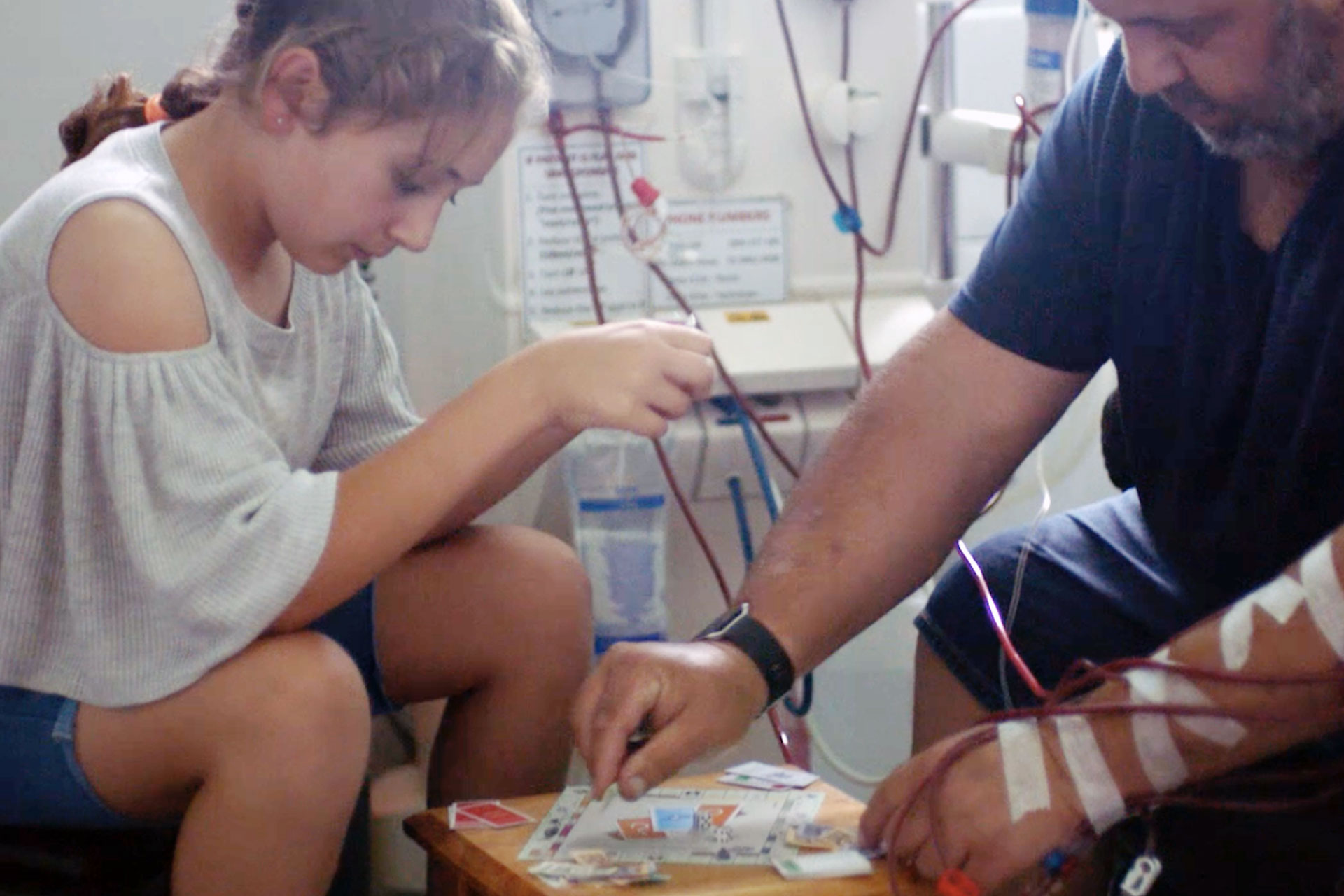-
From 2007 to 2015, there has been a significant increase in the percentage of people who regularly walk for exercise. And with the latest Medibank Better Health Index revealing Aussies are heavier than ever, the increase in walking is an encouraging sign.
What is Australia’s favourite workout?

-
Other activities such as jogging, swimming and the gym have also experienced small increases.
-
A step in the right direction
According to Dr Michael Kinchington, walking works in terms of losing weight, improving health and exercising in a mode to avoid injury. “I have witnessed first-hand the benefits of the walking, having spent the last decade working with some very motivated people on reality TV series, The Biggest Loser,” says Dr Kinchington, a podiatric biomechanist. “Without exception, when the contestants first arrived at the house, none had the capacity to exercise at high intensity—they had to walk before they could run, jump, hop, or skip. Being in excess of 100kg to 150kg means a walking force to the joints of more than 200kg for every step they took. The body cannot tolerate the high demands of such loads, so low impact exercise such as walking is vital.” Dr Kinchington says as little as 30 minutes of walking daily at a moderate pace will make a difference, but you need to plan in advance.
"If you go too fast too often without the right equipment, you will get sore joints and muscles, loose motivation and the vicious cycle of weight gain continues.”
Before you put on your walking shoes, here is Dr Michael Kinchington’s checklist to get you started safely.
Get off on the right foot
- Get a support team. Your doctor is a good starting point. But also consider seeking the support of an exercise physiologist to plan an exercise program, a podiatrist to advise on correct shoes and foot-ankle-leg pains and a nutritionist to plan your food intake tailored to exercise.
- Make sure you have the right shoes. The only tool you need to walk is a good supportive pair of walking shoes. Yes, you need to buy a new pair of shoes suited to your foot shape. Do not wear an old pair of shoes, or you could end up with an injury.
- Know your foot shape before purchasing shoes. Are the arches of your feet high, average or flat? Once the correct shoe shape is chosen, look for features that offer support. A wide-based shoe is generally best in the early days of exercise.
- Replace your shoes regularly. If you weigh more than 120kg replace shoes after 600km, otherwise about 800km is the life of the shoe. Remember, the more intense and longer the exercise, the more calories you burn. If weight loss is the goal, add 30 minutes of brisk walking to your daily routine to burn an additional 150 calories. To lose 1kg a week, you generally need to eliminate 300 calories a day.
Read our recommendations on the best exercises for every age.
-
Innovating for members living with chronic disease
Medibank is supporting our members living with chronic diseases such as heart disease, arthritis, and diabetes, through our CareComplete programs.
-
Medibank’s palliative care at home trial
Giving our customers choice in where they would like to receive their end-of-life care can provide dignity, privacy and help them retain control over the care they receive.
-
How your phone habits affect your sleep
And what it means for your mental health, hormones and more.
-
Medibank trialling haemodialysis at home
Giving members with chronic kidney disease more choice
-
The origins of western and eastern medicine
Two schools of thought explained
-
Almost half of hospital patients are looking for more support
Find out how Medibank is helping.
Subscribe to receive the best from Live Better every week. Healthy recipes, exercise tips and activities, offers and promotions – everything to help you eat, move and feel better.
By clicking sign up I understand and agree to Medibank's privacy policy





